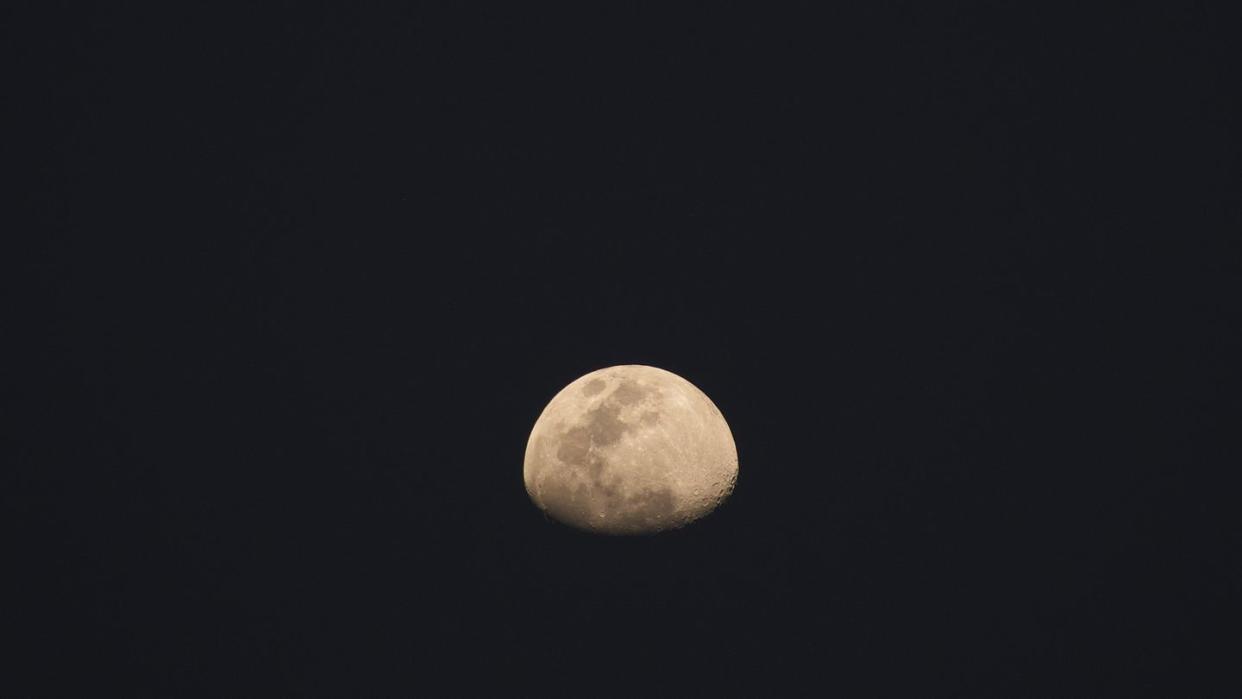Earth Is Running Out of Helium. A Treasure on the Moon Could Be Our Saving Grace.

- Oops!Something went wrong.Please try again later.
Seattle-based Interlune announced $18 million in startup capital to begin harvesting helium-3 from the Moon.
The private company hopes to expand its resource mining to additional rare metals found on the Moon.
Earth has been in a helium shortage since 2010, and the Moon has an abundance of the main isotope for helium.
Now that helium has become a scarce commodity on Earth, some experts think it may be time to head to the Moon to suss some out and bring it back. Seattle-based Interlune recently surprised much of the space community by announcing it has raised $18 million to extract helium-3—the isotope found in helium—from the Moon and return it to Earth for government and industry partners.
“For the first time in history, harvesting natural resources from the Moon is technologically and economically feasible,” Rob Meyerson, former Blue Origin president and Interlune founder, says in a statement. “Interlune is creating the core technologies to extract and process lunar resources responsibly to serve a wide range of customers.”
It all starts with helium-3.
Since the United States government announced a shortage of helium in 2010, the situation hasn’t improved. The gas is key in everything from quantum computing and medical imaging to fusion energy and certain national security applications. That helium scarcity is now having an impact on the technological sectors in the U.S., and as a result, Interlune wants to mine helium-3 from the Moon and bring it back to Earth to solve the issue.
“There is a growing demand for helium-3 across burgeoning and potentially massive industries,” Alexis Ohanian, co-founder of Reddit and founder of venture firm Seven Seven Six, which led the most recent round of investing in Interlune, said in a statement. “We invested in Interlune because access to the ample cache of helium-3 and other precious natural resources on the Moon and beyond will unlock or accelerate technological advancements currently hindered by lack of supply.”
Helium-3 is just the starting point. Interlune plans to harvest industrial metals, rare Earth elements, and event water to support a long-term presence on the Moon in a “robust in-space economy.”
Interlune claims it has proprietary technologies that will allow for the excavation and processing of industrial quantities of lunar soil to extract helium-3. The company states that their lunar harvester is smaller, lighter, and requires less power than other industry concepts, making it less expensive to transport to the Moon and easier to operate once there. Interlune expects that the current round of funding will complete the design of its first robotic lander mission, which can help show the concentration of resources on the Moon.
Of course, not only must Interlune prove it can harvest helium-3 on the lunar surface, but it must also devise a way to bring the bounty back to Earth—presuming there’s a market for it to make it financially feasible.
“Helium-3 is the only resource out there that is priced high enough to support going to the moon and bringing it back to Earth,” Meyerson told Ars Technica. “There are customers that want to buy it today.”
Meyerson said that he believes the demand for helium not only exists in the computing and medical industries, but as a fuel for fusion reactors that will keep the isotope in high demand well into the future.
But first, Interlune must make a first attempt work. That demonstrator mission is loosely scheduled for 2026, piggybacking a NASA Commercial Lunar Services Provider mission. “Then we want to put a pilot plant in place by 2028,” Meyerson said, “and by 2030 start to operationalize and return quantities of helium-3 to support the markets on Earth.”
You Might Also Like

